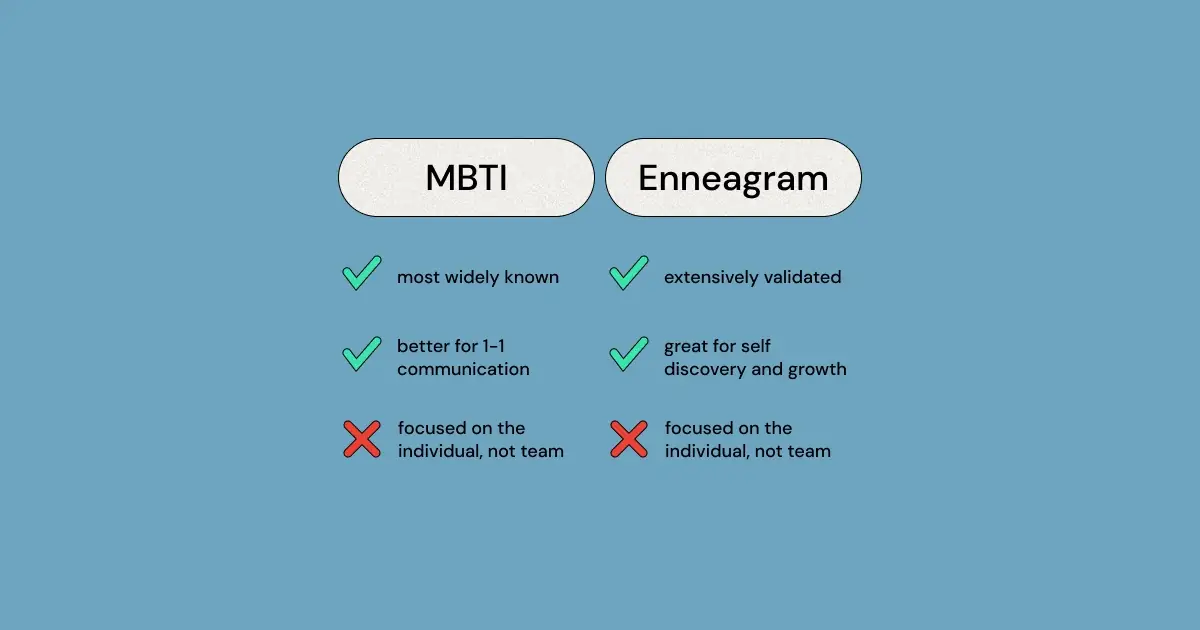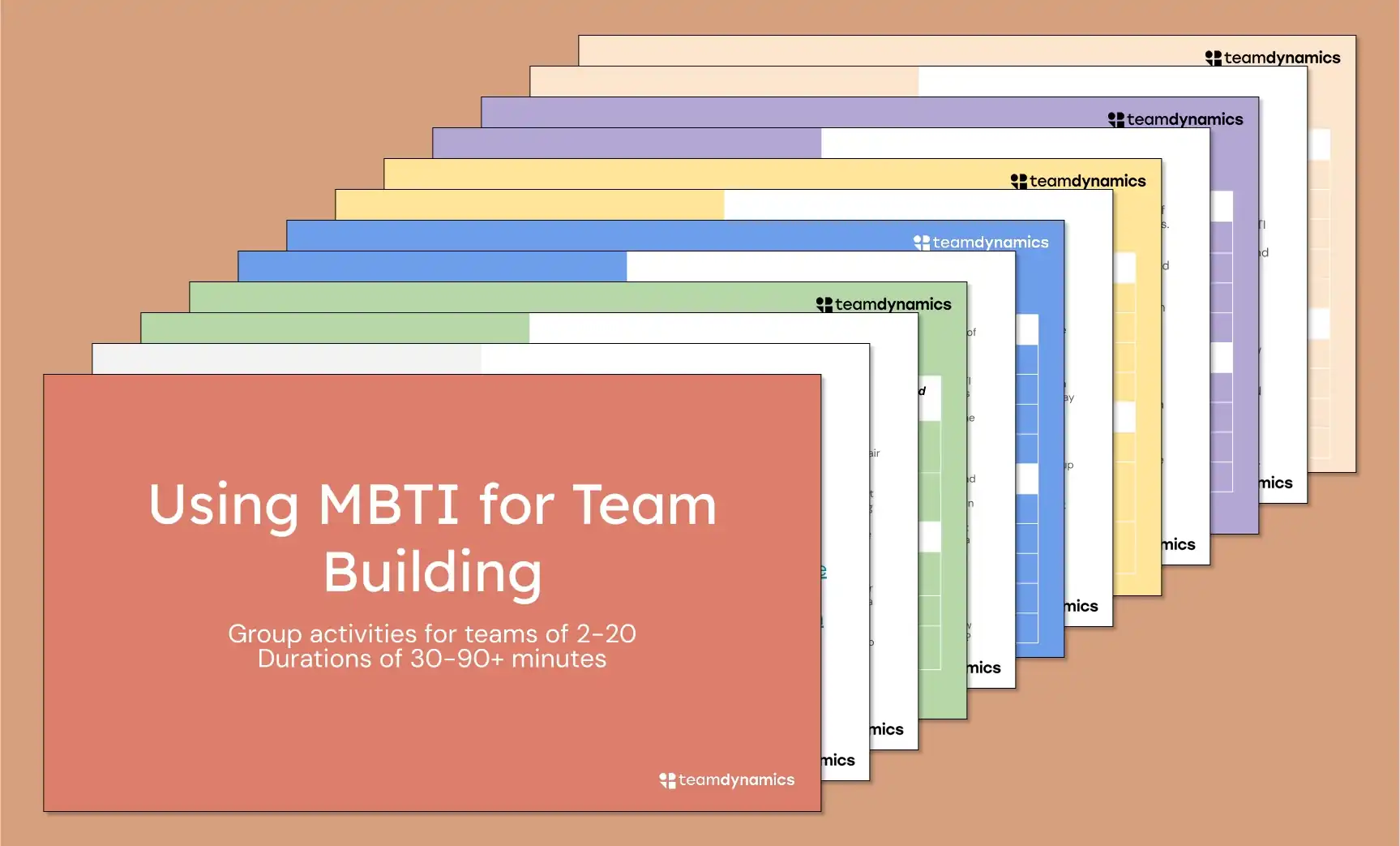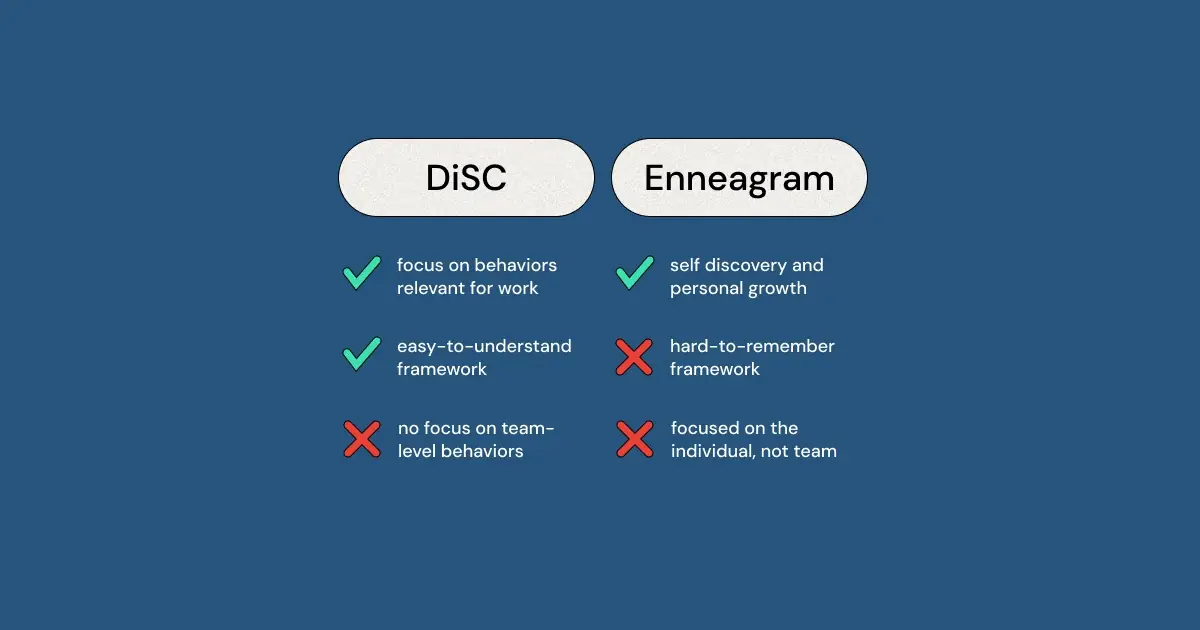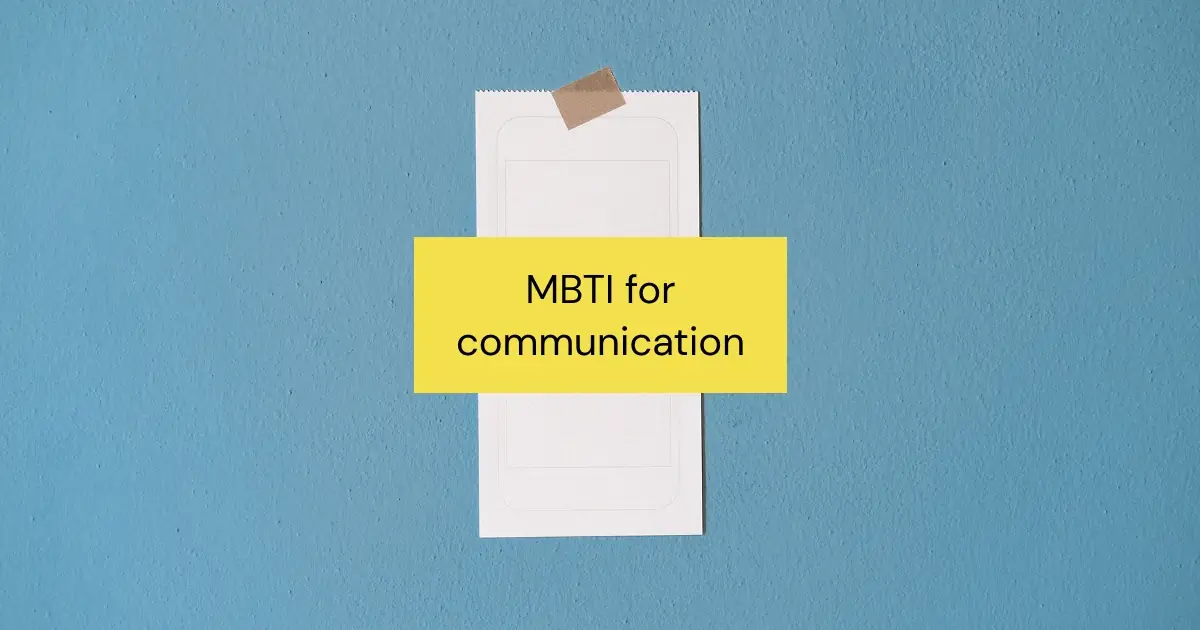??What is the difference between the MBTI and the Enneagram???
The MBTI (Myers-Briggs Type Indicator) and the Enneagram are both popular personality assessments, but they focus on different aspects of personality. The MBTI measures how individuals perceive and process information using four dichotomies (e.g., Extraversion vs. Introversion), resulting in 16 personality types. It is based on Carl Jung’s psychological theories. In contrast, the Enneagram focuses on emotional motivations and psychological drivers, identifying nine personality types and allowing for more adaptability, recognizing that people can exhibit traits from multiple types and evolve over time.
??Which is easier to use: MBTI or Enneagram???
The MBTI is generally considered easier to use and more intuitive than the Enneagram. It provides clear, simple results through four dimensions that are easy to remember. The MBTI can be quickly administered and is widely known, making it ideal for quick assessments in educational, counseling, and workplace settings. The Enneagram, while more nuanced and emotionally complex, may be harder to understand and apply practically for those unfamiliar with the system.
??Is the MBTI or the Enneagram more scientifically validated???
While both the MBTI and the Enneagram have been studied, the Enneagram has been more extensively validated through empirical research. Critics of the MBTI argue that it is based on outdated theories and lacks strong scientific backing. The Enneagram, on the other hand, has been shown to be a reliable and consistent measure of personality with predictive power and meaningful internal consistency.
??What are the main uses of the MBTI and the Enneagram???
The MBTI is most commonly used in professional settings to improve communication, resolve conflict, and develop leadership skills. It helps individuals quickly understand their own traits and how they differ from others. The Enneagram is often used for personal development, helping people explore core motivations, fears, and emotional patterns to foster deeper self-awareness and growth.
??How many personality types are in the MBTI vs. Enneagram???
The MBTI consists of 16 distinct personality types derived from four binary preferences. In contrast, the Enneagram comprises nine core personality types, which are interconnected and consider behavioral shifts over time. The MBTI provides a static snapshot of preferences, while the Enneagram offers a dynamic, holistic view of how personality may shift under different conditions.
??Why might someone choose the MBTI over the Enneagram???
Someone might choose the MBTI because of its simplicity, ease of use, and widespread recognition in schools and workplaces. Its four intuitive dichotomies make it quick to learn and apply, especially for improving one-on-one communication and understanding individual strengths and weaknesses in team settings.
??Why might someone choose the Enneagram over the MBTI???
The Enneagram appeals to those seeking a deeper understanding of their emotional drives and personality dynamics. Unlike the MBTI, it allows for growth and change over time and offers more nuanced insights into what motivates behavior and how individuals relate to one another, making it especially useful for personal development and advanced self-awareness.
??Can either the MBTI or the Enneagram be used to assess team dynamics???
No, neither the MBTI nor the Enneagram is designed to assess team dynamics or group chemistry. Though both can inform how individuals interact in one-on-one relationships, they don’t capture the complex interactions of a team. For understanding group collaboration and performance, a specialized tool like TeamDynamics is recommended.
??Which personality test is best for the workplace???
The MBTI is typically better suited for workplace use due to its clarity, accessibility, and practical application in leadership development, communication improvement, and conflict resolution. However, the Enneagram can also be helpful in workplace environments for fostering self-awareness, emotional intelligence, and deeper interpersonal understanding, particularly in roles requiring empathetic leadership.
??Should I use both the MBTI and the Enneagram???
Yes, using both the MBTI and the Enneagram can provide a more complete picture of personality. The MBTI offers a structured assessment of how people process information and make decisions, while the Enneagram explores underlying emotional drivers and motivations. Together, they provide complementary insights that can enhance both professional and personal development.




.png)











































